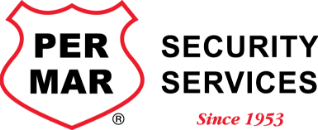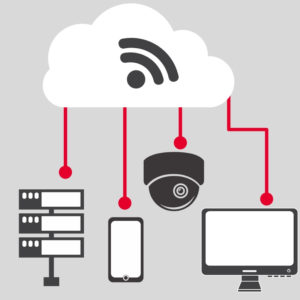5 Tips to Secure Your Video Surveillance System
April 12, 2019
Securing your video surveillance system is as important as securing your data. Hackers are so pervasive that all forms of technology are at risk and we must safeguard everything, including our cameras. There are two reasons for this:
- Preventing unwanted access (securing your recorders)
- Protecting your network (ensuring video is not a weak link in your secure network)
Employing best practices and heightened security measures is easier with built-in tools such as cloud-based user management, role-based user groups, remote software updates, and security policies. Network security doesn’t have to be hard with Per Mar’s new video management solution from OpenEye! Check out our five business security tips for securing your video surveillance system (that can also be used at home).
1. Enable Multifactor Authentication (MFA)
You’re probably familiar with this one because of your Facebook account, bank login and many other sites you already use. Most will ask if you want to use two-factor authentication (2FA), which is the same as MFA and simply means an additional measure of security (a second factor) upon login.
Why?
Because the number one reason for data breaches is compromised login credentials. However, with our new video management system, MFA is available on all accounts where personal and data privacy are risks. PRO TIP: Some require its use and it’s optional on others, so be sure to enable it. “Hackers use technology that enables them to test billions of password combinations every second, making 90% of user-generated passwords vulnerable to attack,” according to OpenEye. That extra few seconds it takes to receive a secure code via text message makes MFA seem easily worthwhile!
2. Don’t Share Login Credentials
Sharing login credentials (or having everyone use the same credentials) is dangerous for many reasons.
- There is no way to decipher who is accessing the system should a breach occur.
- Past employees will still have access to your system after they are long gone.
- When hackers crack the code for one, they’ve cracked it for all.
“By using MFA your business can stop employees from sharing their account credentials, improve your data security and create accountability through an accurate audit trail of activity on your systems,” according to OpenEye.
3. Don’t Use the Default Login Credentials
The default username and password should always be changed after the initial setup and configuration of a new product. If hackers can guess your personalized passwords, they can most definitely guess the factory defaults! Plus, like a burglar detecting a vulnerable home, they will now know that basic security precautions haven’t been taken and it’s even more likely for them to put a full court press on your business.
4. Check for Software Updates Often
Is it annoying to get the “Install Update Now” popup? Sure. But if we understand the reason behind it, we’re more likely to take this helpful step. Software developers are working just as hard – if not harder – than the hackers out there and, thus, constantly updating their software as an added layer of protection for you, their customers. Check all software programs currently in use to ensure you have the latest version at least weekly, if not daily. With OpenEye, your software is automatically updated!
5. Set Up Permissions
Only give the level of access needed for your software to each employee. There should only be a select number of employees (likely in your IT department) who need full access for the sake of installing software updates, etc. Now, if an employee’s login credentials are compromised, the hacker only has access at the level given.
One of the reasons Per Mar has chosen to partner with OpenEye for video management is that their video management system “employs trusted outbound connections, does not require port forwarding, and does not need any open inbound ports to work, significantly improving the security of your network and surveillance system.” We’ve always been committed to cybersecurity, data protection and lessening the burden on your IT department and they are in alignment with that same level of commitment. Contact us for more information!
 Careers
Careers Customer Support
Customer Support (800) 473-7627
(800) 473-7627 Contact Us
Contact Us Locations
Locations
